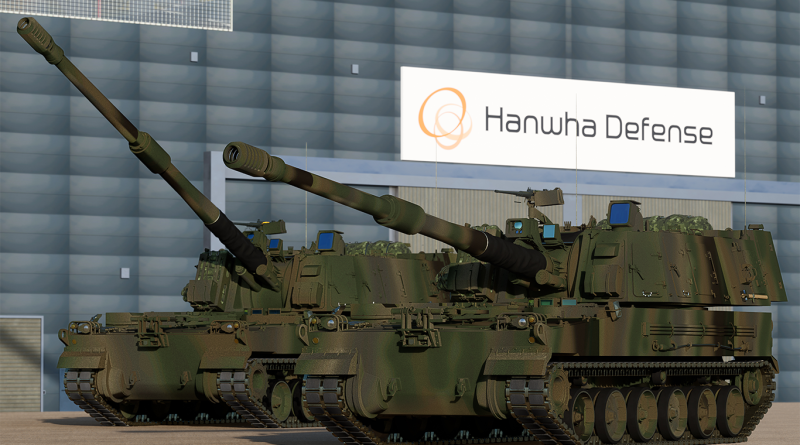South Korea’s Model of Efficient Weapon Manufacturing
The ongoing conflict in Ukraine has underscored the critical need for rapid and efficient weapon production. As Ukraine continues to fend off Russian aggression, the global arms supply chain has been put to the test. Amidst this, South Korea has emerged as a significant player, demonstrating its capability to produce military hardware swiftly and at a lower cost compared to traditional powerhouses like the United States. This shift not only aids Ukraine’s defense but also signals a broader transformation in the global defense industry.
South Korea’s Advantage in Weapon Production
South Korea’s defense industry has long been characterized by its innovation and efficiency. Companies such as Hanwha Defense and Hyundai Rotem are at the forefront, producing advanced weaponry at a pace and cost that rivals even the largest defense manufacturers globally. Hanwha Defense, for instance, has rapidly increased its production of artillery systems and armored vehicles, which are crucial for Ukraine’s ongoing defense efforts. Hyundai Rotem, known for its K2 Black Panther tanks and other military vehicles, has similarly ramped up production.
The South Korean government’s proactive stance on defense exports has further bolstered this industry. Policies aimed at supporting and promoting defense manufacturing have created a robust industrial base capable of meeting high demand quickly. This support includes financial incentives, streamlined regulatory processes, and strong collaboration between the government and private sector. The result is a defense sector that is not only highly productive but also agile and responsive to global needs.
Challenges and Criticism of U.S. Production
In stark contrast, the U.S. defense industry faces several hurdles that hinder its ability to produce and deliver weapons efficiently. Long development timelines are a significant issue; projects often take years to move from conception to deployment. Additionally, the cost of production in the U.S. is considerably higher due to various factors, including labor costs and stringent regulatory requirements.
Bureaucratic red tape further exacerbates these challenges. The process of approving and commencing production is often slow and cumbersome, delaying critical supplies. These inefficiencies have drawn criticism from various quarters, with analysts arguing that they undermine the U.S.’s ability to support its allies in conflict zones effectively. In the context of the Ukraine war, these delays can be particularly detrimental, as the situation on the ground evolves rapidly.
The Economic Implications and Global Impact
South Korea’s efficient weapon production has significant economic implications. By establishing itself as a reliable arms supplier, South Korea is not only aiding Ukraine but also strengthening its economy. The defense sector has become a key component of South Korea’s export economy, creating jobs and driving technological advancements.
Moreover, South Korea’s rising prominence in the defense industry is shifting the geopolitical landscape. As traditional arms suppliers like the U.S. and European nations grapple with production challenges, South Korea’s ability to deliver quality military hardware quickly and affordably is enhancing its global influence. This shift is also impacting global arms markets, as countries seek to diversify their sources of military equipment. The competitive edge gained by South Korean manufacturers is prompting other nations to reevaluate their defense production strategies, potentially leading to a more dynamic and varied global arms market.
The Ukraine conflict has highlighted the importance of speed and efficiency in defense manufacturing. As the war continues, the demand for rapid production of advanced military hardware will likely increase. South Korea’s success serves as a model for other nations looking to enhance their defense capabilities without incurring exorbitant costs or delays.
This trend may prompt a reevaluation of defense production strategies globally. Countries may increasingly prioritize efficiency and innovation, adopting practices that streamline production and reduce costs. Such a shift could lead to a more competitive and dynamic global defense industry, with nations like South Korea leading the way.
South Korea’s rapid and cost-effective weapon production amid the Ukraine conflict is reshaping the global defense landscape. By outpacing traditional powerhouses like the U.S., South Korea is not only aiding Ukraine but also positioning itself as a key player in the global arms market. This transformation has profound economic and geopolitical implications, signaling a new era in defense manufacturing.
Sources:
